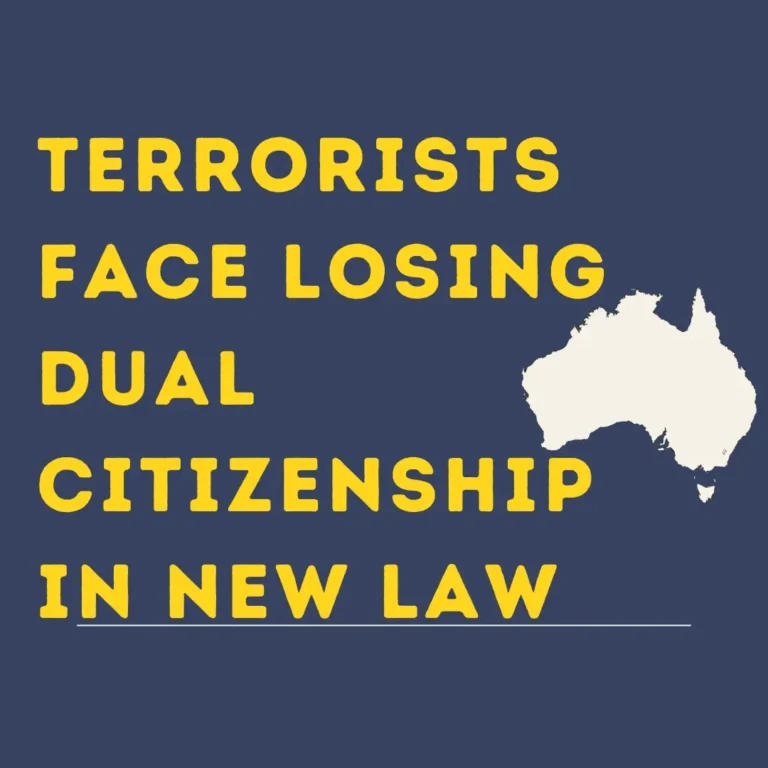How to bring an Adopt Child to Australia
The Adoption Visa Subclass 102 discourses through helping unprivileged children escape serious situations in their living homeland such as cruelty, scarcity, lack of human rights, not treated well and utterly poor. The visa defines into several chances for the respective children to survive after being adopted by Australian citizens, permanent residents, or eligible New Zealand citizens, the visa benefits protection their well-being and offers them a brighter future ahead in life.
Importance of Adoption visa subclass 102
The union within family: The legal way to bring adopted child to live among Australian citizen, qualified New Zealand citizens and permanent home is adoption visa subclass 102. The visa forecast the numerous services like family reunification and formation, enabling prospective parents to fulfill their desire to inflate their family through adopting a child. The vulnerable child will be provided with a supportive and smoothing environment, enhancing the family reconciliation.
Legal Framework and Agreement: The Adoption Visa Subclass 102 guarantees that international adoptions obey the legal frameworks established by both the child’s home country and Australia. This visa is an encouraging source of ethical adoption practices; following equal treatment among involved parties and learning about the relevant laws and regulations are essential. This legal agenda helps avert exploitation, trafficking, and other forms of abuse often related to unregulated adoptions.
Integration and Citizenship: The Adoption Visa Subclass 102 enroots to constant residency and, eventually, Australian citizenship for the adopted child. The assimilation of such Australian society effects in child access to many rights such as education, healthcare, social services, and other benefits available to Australian citizens and permanent residents. It also raises a sense of belonging and identity, enabling the child to fully participate in and contribute to Australian society.
Cultural Maintenance and expanding: once the child is adopted with the help of adoption process it is important for the guardians to teach him/her the reputation and knowledge of preserving their cultural heritage and identity. Adopting parents are stimulated to preserve a link with the child’s cultural and linguistic roots, ensuring that they grow up with a strong sense of their cultural legacy. This cultural preservation endorses multiplicity and enriches Australian society by celebrating the unique backgrounds and experiences of adopted children.
Outcomes of holding an adoption visa (subclass 102)
- The adoption visa subclass102 upholds the adoption of children from all-over the world via Australian native, eligible New Zealand citizens or permanent residents
- This visa assorts permission to adopted child. The child can choose to live permanently with their adopted guardians in Australia.
- The adopted child will live in a peaceful environment and accessing to all rights including schooling, health checkups, good treatment and a sense of protection.
- While living in Australia, the child will somehow integrate into the new societies leading to meaningful contribution for them in future.
Application process; Adoption visa Requirements
- Eligibility: The parents should be aware of the eligibility criteria before they begin the application process. It is essential to be an Australian native, a permanent citizen or a New Zealander citizen who meets the requirements for adoption under Australian law. The child must also be younger than 18 at the time the visa is processed and be either adopted, or be proposed to be adopting according to the law of the home country of the child and Australia.
- Say a reply to decision: Adoptive parents may submit the visa appeal to the Department of Home Affairs once they have all the important documents. The submission can be made via the Department of Home Affairs’ ImmiAccount or you can send a hard copy by post. All this can be done online. To ensure smooth processing, the submission must include all relatable information.
- Documents to have: The adoptive parents should gather all the required documents firsthand. The following documents are usually required:
- Documents of adoption or proof that the process has been completed’
- Documents of identification for adoptive parents and children
- Adoptive parents and children should undergo medical examinations
- Adoption parents and children must undergo a police clearance or a character check.
- Adopting parents must provide proof of their ability to meet the physical, emotional and financial needs of the adopted child.
- Evaluation: The Department of Home Affairs judges the application after accepting it and authenticates the delivered information. The Department will might request more information or documentation to finish the appraisal process. It is important that candidates reply quickly and supply all asked information.
- You can check your health and character by using the following: The child’s adoptive parents and the child will both be subjected to a health check to determine if they are in compliance with Australia’s requirements. The child’s adoptive parents and the police will also be screened to determine their eligibility to reside and enter Australia.
- The visa outcome: The Department of Home Affairs notifies the adopting parent of their visa decision once the application is assessed. The child will receive the Adoption Visa Subclass 102 if the adoption application is accepted. This allows the child to permanently live with the adoptive parents in Australia. The Department may provide applicants with reasons why the visa application was denied.
- Post-Visa Wants: Adoptive parents must comply with all post-visa conditions set by the Department of Home Affairs after the visa has been granted. It may also include other requirements to maintain the welfare of the child.
Eligibility Criteria
Adopting parents
Citizenship and Residency: Adopting parents must either be Australian citizens, permanent residents or New Zealand citizens who are eligible.
Adoption Eligibility: The adoptive parents must comply with the requirements. Adoption activists and relevant authorities may evaluate adopting parents to determine if they can offer a stable, suitable environment for their child.
Financial aptitude: The adopting parents have to demonstrate that they can provide for the physical, emotional and financial requirements of their child. It may be necessary to provide evidence of stable income and employment.
Family and Character Checks: Adopting parents are required to meet certain character requirements. This includes providing references or police clearances to prove that they have good moral character.
Obligation for the Welfare of the Child: The adopting parents are required to exhibit their commitment and unaffected concern for the upbringing and welfare of the child. It may be necessary to provide information on the parents’ motivations and readiness to care for their child, as well as any specific requirements or considerations.

For Children:
Child’s age: The age of the child should not be 18.Only 18-year-old children are provided with a visa.
Adoption status: A child can be adopted, a New Zealander, or a permanent resident.
Adoption Legal: Both the home country of the child and Australia must be in compliance with all laws. Devotion to international adoption agreements or treaties is also required.
Permission: All consents and permissions required for adoptions must be received from the relevant individuals or authorities, including birth parents.
Character and Health: To be adopted, the child has to meet certain health and character standards set forth by Home Affairs. In most cases, this involves medical exams and police clearances.
Stay period
The adopted child can stay in Australia on perpetual basis.
Cost of visa
The cost may vary from other visa, well it is around AUD3055.00.
Can I bring my adopted child to Australia?
Adoption Visa Subclass 102 is available to Australian citizens, residents, and eligible New Zealanders. The visa was designed specifically to allow children to be adopted from abroad and live in Australia permanently with their adoptive families. There are some eligibility requirements and legal requirements for both your child and you to meet before proceeding with the application.
It’s important to first ensure the adoption is compliant with both the Australian and the home country laws. Adhering to the established adoption procedure, getting consents and permissions is usually required. Your adopted child also must not be older than 18 at the time you apply for the visa.
You must meet the same eligibility requirements as an adoptive parent.
What are the adoption rules in Australia?
Adoption rules in Australia govern the adoption process, which ensures the protection and welfare of the child as well as the adoptive parent. This is a brief summary of Australia’s key adoption laws:
Adoptive parents who are interested in adopting children must be able to meet certain criteria. These include being a certain amount of age, being of good moral character and having been deemed eligible and suitable by the relevant authorities.
Adoption is a legally binding process in Australia. It must adhere to state and territory laws as well as international conventions or agreements related to adoption.
Before an adoption is completed, consent from the relevant parties (birth parents, guardians or authorities) must be obtained. Consent may not always be needed if there are certain circumstances, like abandonment of the parents or their unfitness.
Assessing the suitability of prospective adoptive parents to adopt and their readiness for adoption. It may involve background checks, home assessments, interviews and other forms of screening.
Adoption decisions are based on the best interest of the child. When assessing an adoption application, authorities consider such factors as the child’s emotional and physical well-being, safety, stability, or even their own.
Families adopting children are entitled to support following adoption to assist them in navigating the difficulties and changes associated with their adoption. They may also include education and counseling.
It is becoming more common to recognize the benefits of adoptions that allow for contact with the birth parents, as long as it’s in the best interest of the child.
What countries can Australians adopt children from?
Australians can adopt from many countries around the world, depending on both the laws and regulations in Australia and that country. Australians commonly adopt children from China, South Korea, and the Philippines. They also adopt kids from India, Vietnam, and other countries throughout Africa, Eastern Europe, and South America.




